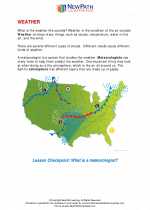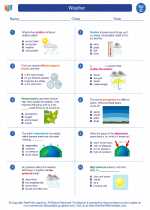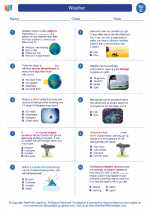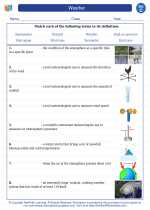Invertebrates
Invertebrates are animals that do not have a backbone. They make up about 97% of all animal species on Earth. Invertebrates can be found in various habitats, including oceans, forests, and even inside the human body. They come in a wide range of shapes and sizes, from microscopic organisms to large, complex creatures.
Types of Invertebrates
There are several major groups of invertebrates, including:
- Arthropods: This group includes insects, spiders, crustaceans, and centipedes. They have a hard exoskeleton and jointed legs.
- Mollusks: Examples of mollusks include snails, clams, and squids. They have a soft body and often a hard shell.
- Annelids: These are segmented worms, such as earthworms and leeches.
- Echinoderms: Starfish and sea urchins are examples of echinoderms, which have radial symmetry and a spiny skin.
- Cnidarians: Jellyfish and corals belong to this group, which have stinging cells and radial symmetry.
- Poriferans: Sponges are simple, aquatic invertebrates that make up the group Porifera.
Characteristics of Invertebrates
Invertebrates display a wide range of characteristics, but some common traits include:
- No Backbone: Unlike vertebrates, invertebrates lack a spinal column.
- Diverse Body Plans: They exhibit various body shapes and sizes, including simple forms like sponges and complex forms like insects.
- Exoskeleton: Many invertebrates have a hard outer covering for protection and support.
- Sensory Organs: They have diverse sensory structures for perceiving their environment, such as antennae in insects and eyes in some mollusks.
- Muscular and Nervous Systems: Even without a backbone, invertebrates have efficient systems for movement and responding to stimuli.
Study Guide
Here are some key points to remember when studying invertebrates:
- What are the main groups of invertebrates, and what are some examples of each?
- What are some common characteristics of invertebrates?
- How do invertebrates differ from vertebrates?
- What are the ecological roles of invertebrates in different ecosystems?
- How do invertebrates contribute to human life and well-being?
Understanding invertebrates is essential for comprehending the diversity and complexity of life on Earth. By exploring the world of invertebrates, we gain valuable insights into the interconnectedness of all living organisms.
.◂Science Worksheets and Study Guides Third Grade. Weather

 Worksheet/Answer key
Worksheet/Answer key
 Worksheet/Answer key
Worksheet/Answer key
 Worksheet/Answer key
Worksheet/Answer key
 Vocabulary/Answer key
Vocabulary/Answer key
 Vocabulary/Answer key
Vocabulary/Answer key
